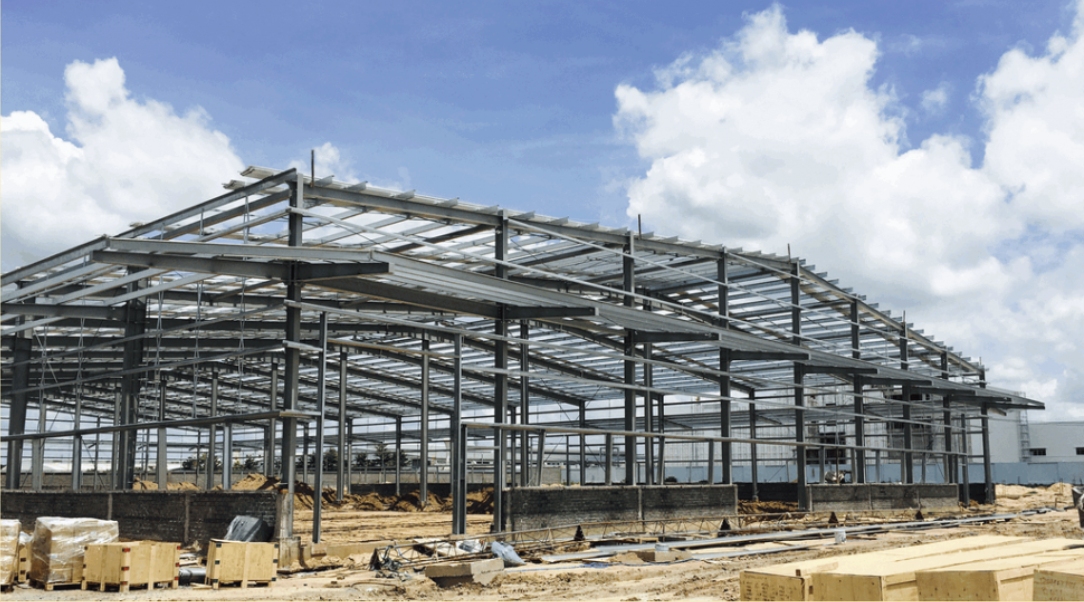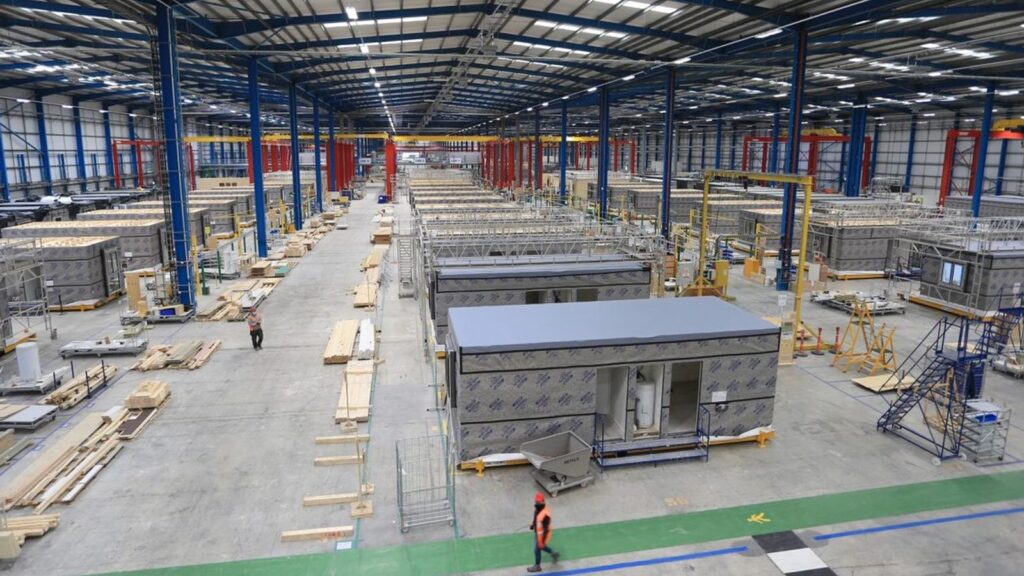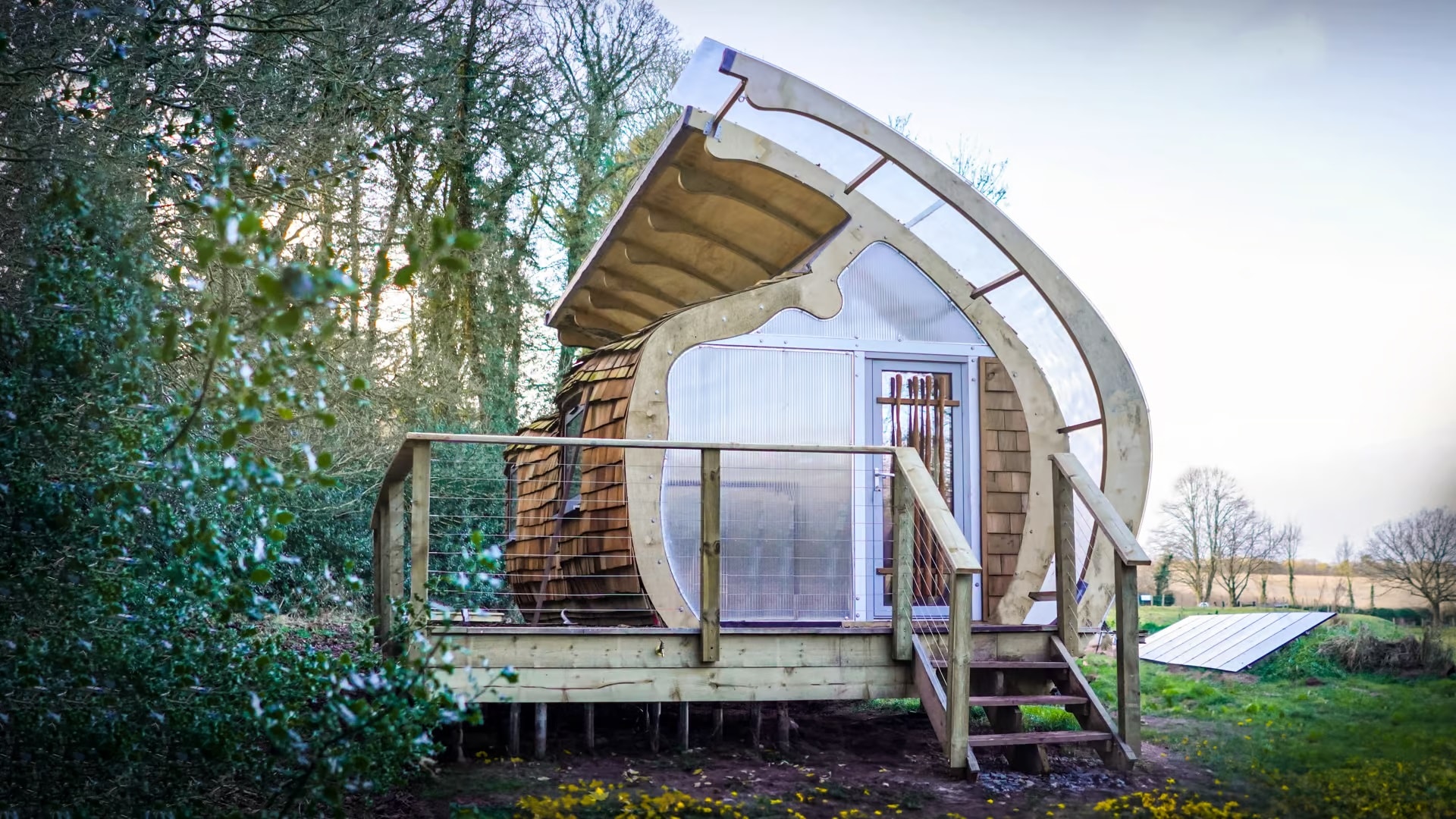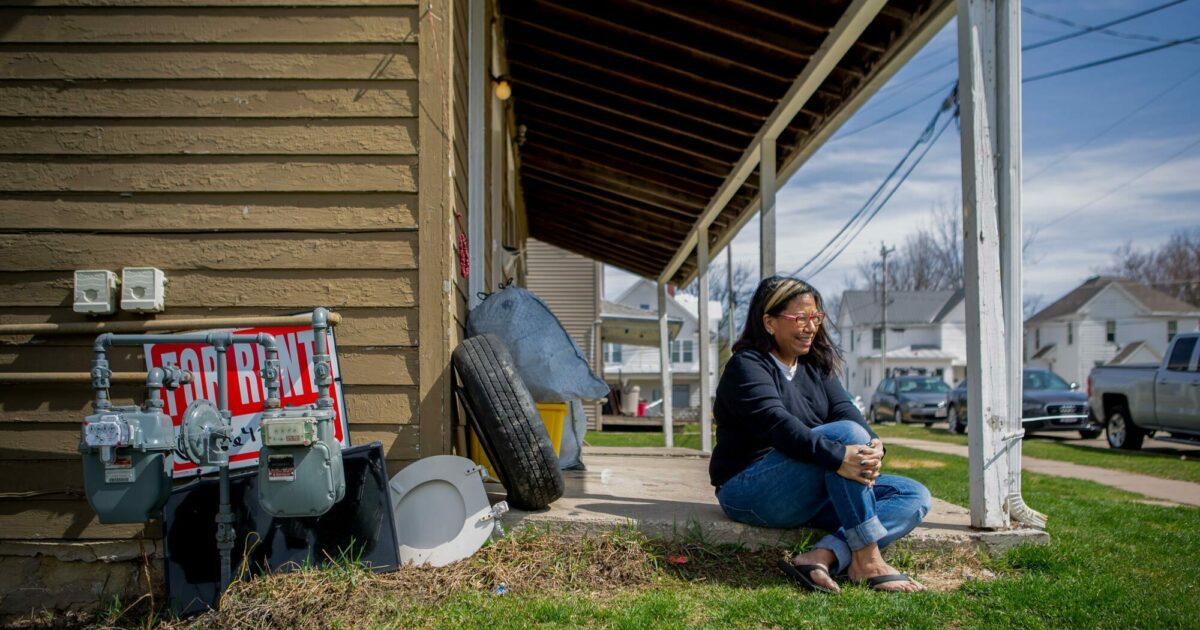by Gary Fleisher
In the face of a mounting housing crisis, whispers of a revolution are echoing through the construction industry. Modular construction, a method of building homes in controlled factory settings and assembling them on-site, has emerged as a potential knight in shining armor. But despite the fanfare, this knight seems stuck in quicksand.

Why hasn’t its promise of affordability and sustainability translated into widespread adoption?
There’s no shortage of enthusiasm. Developers, battered by rising costs and a desperate need for speed, see modular as a way to break the bank-breaking cycle of traditional construction. Environmentalists laud its potential for reduced waste and resource consumption. Even policymakers are warming up to its benefits, with increasing investment in modular projects and initiatives.
Yet, the obstacles remain formidable. Like a stubborn gatekeeper, distance stands in the way. Modular housing units need a nearby factory to spring into existence, and those factories are still scarce. Scattered across the country, their absence leaves many areas unable to reap the modular dividend.

Then there’s the labyrinthine code, a hydra of regulations with over 30 heads – one for each state with a modular program. The lack of a unified national code creates bureaucratic headaches and adds uncertainty to projects, driving developers towards the familiar, if inefficient, comfort of traditional methods.

But geography isn’t just about distance. Public perception plays a crucial role. In some communities, modular housing conjures up images of bland cookie-cutter boxes, a stigma the industry desperately wants to shed. Breaking down these preconceptions and showcasing the diversity and quality possible with modular design is essential to securing wider acceptance.

photo – L&G
The recent demise of several well-funded modular startups like Veev, Katerra, and L&G Modular has cast a shadow of doubt over the offsite industry’s future. Their ambitious models, aiming to vertically integrate every aspect of the modular process, proved unsustainable. These failures raise critical questions: Is the industry chasing a dream bigger than its current reality? Can a one-size-fits-all approach work in such a geographically and culturally diverse market?
Instead of chasing unicorns, a shift towards adaptability and collaboration might be the key. Smaller, nimble companies catering to specific regional needs, partnering with existing construction firms, and leveraging local materials and expertise could hold the answer. This decentralized approach, prioritizing flexibility and community integration, may hold the power to unlock the true potential of off-site construction.

Breaking the mold of traditional housing requires more than just technology. It demands a reimagining of the entire construction ecosystem, fostering collaboration, addressing regional nuances, and building trust with communities. Only then can the promise of modular and manufactured housing, and its potential to tackle the affordability crisis, truly take root and flourish.

So, while the knight may still be struggling in the quicksand, there’s a growing chorus of voices urging them to try a different approach. With adaptation, collaboration, and a renewed focus on local needs, perhaps off-site housing can finally rise to its full potential and reshape the housing landscape for the better.
.
Gary Fleisher is a renowned blogger and commentator on construction and housing trends, known for his insightful analysis of the industry.



